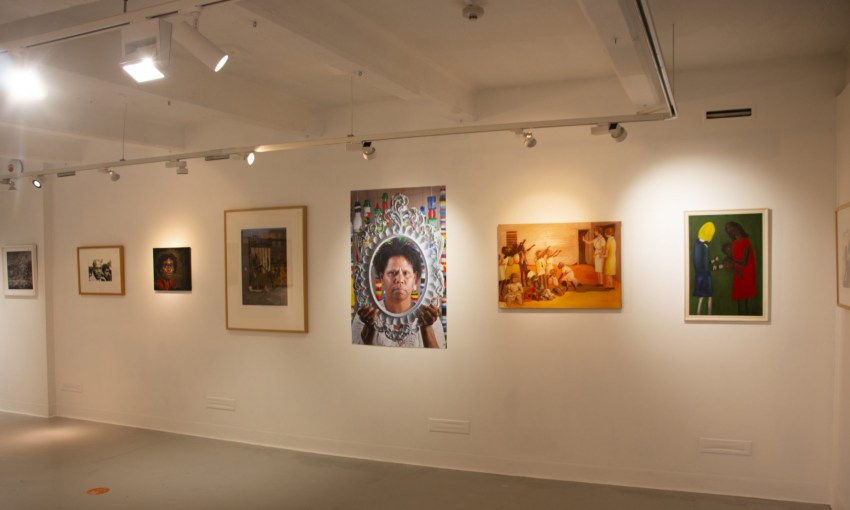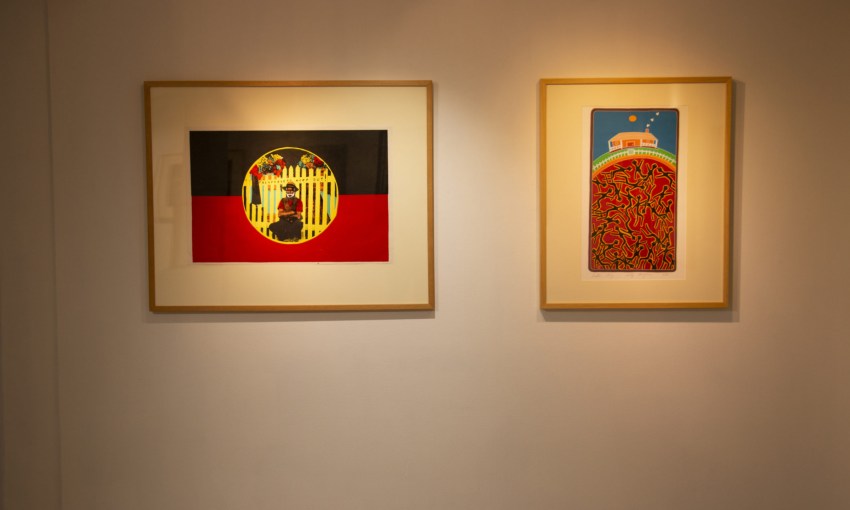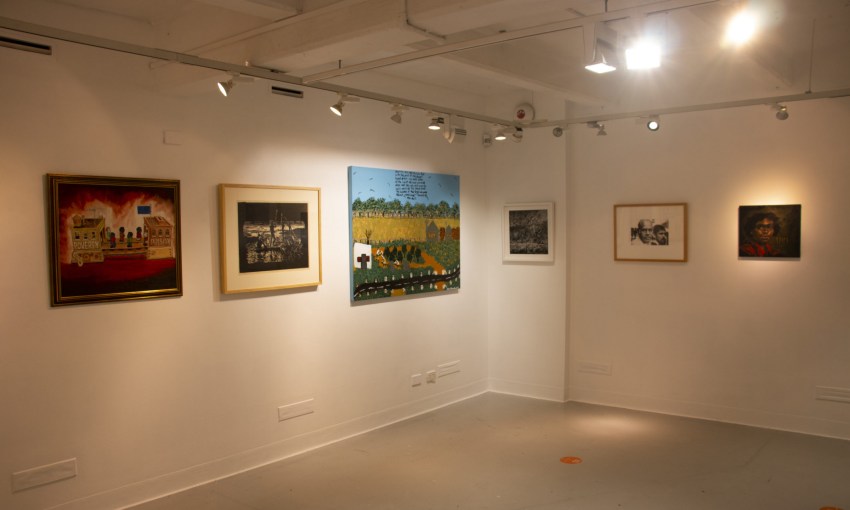Aboriginal health worker, writer and curator Dominic Guerrera explains to CityMag why exhibition 'circles to us' wasn’t curated with a white audience in mind.
‘Circles to us’ is an exploration of gender roles in First Nations communities
When Dominic Guerrera started piecing together circles to us – a mixed media art exhibition exploring gender roles in Aboriginal Australian communities – he constantly reminded himself who the collection was for.
circles to us is running from now until 24 July.
View it online or IRL.
Nexus Gallery
Lion Arts Centre, North Terrace, Adelaide 5000
Tue—Fri: 9am ’til 5pm
Saturday: 5pm ’til 2am
Sunday: 5pm ’til 12am
“I stick with the line ‘all is welcome’ because it’s an exhibition people can come to, but in every step of the way I was thinking about Aboriginal people and how they would respond to being in that space,” Dominic tells CityMag.
“I always wanted Aboriginal people to come and feel they can connect with the stories and have their experiences reflected back to them.
“I truly think that in doing that, you can have non-Aboriginal people come in and get a better understanding of who we are, as opposed to trying to explain to them or give them a product.”
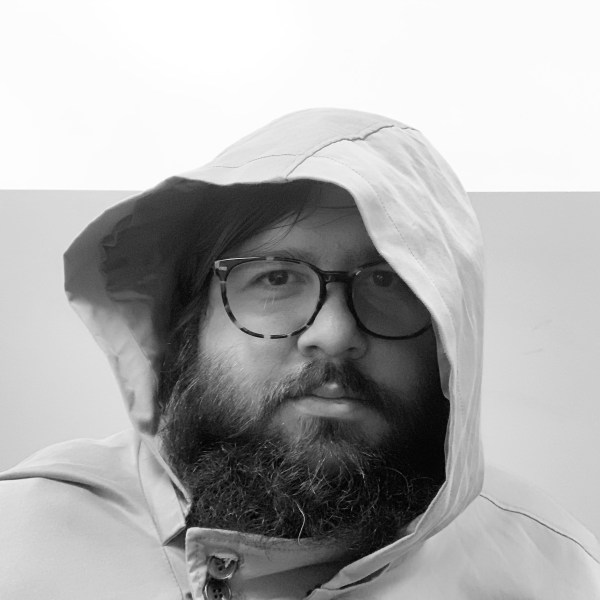
Dominic Guerrera
circles to us has been running at Nexus Arts Gallery on North Terrace since 11 June and finishes next Friday, 24 July.
The exhibition, which is available virtually and IRL, aims to challenge First Nations narratives of gender.
It does this through photography, paintings, screen-prints, and three essays by South Australian writers: activist and social worker Latoya Rule, musician and linguist Corey Theatre, and writer and sex worker Sasha Smith (with whom Dominic co-hosts ASH, a no-holds-barred podcast about Aboriginal and Torres Strait Islander sexual health.)
Dominic is a softly spoken Aboriginal health worker of Ngarrindjeri, Kaurna and Italian descent, and active in literary circles: he’s a poet, podcaster, writer and essayist.
A portion of his academic and professional career has focussed on gender in Aboriginal Australian communities, with his work in the health sector predominantly focussing on sexual health.
He tells CityMag the reason he curated the exhibition was due to artist Ali Gumillya Baker‘s recommendation.
“There’s gender diversity within our communities, and there are non-binary Aboriginal people as well,” explains Dominic, who also identifies as queer.
“Aboriginal women aren’t looking to take on the roles and responsibilities of Aboriginal men, but rather, they’re looking for Aboriginal men to do a bit of healing, and do a bit of work, and take a little bit more control over their responsibilities in the world.
“It’s not about blending or bleeding these roles, but giving up and reclaiming the story, healing, and embracing those roles to build up the strength of the Aboriginal community.”
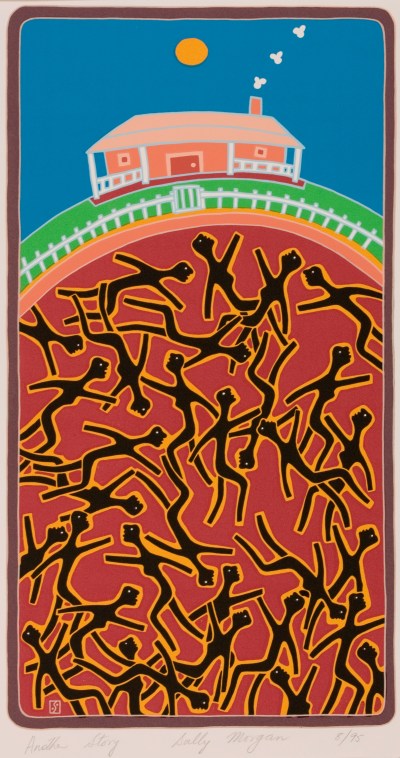
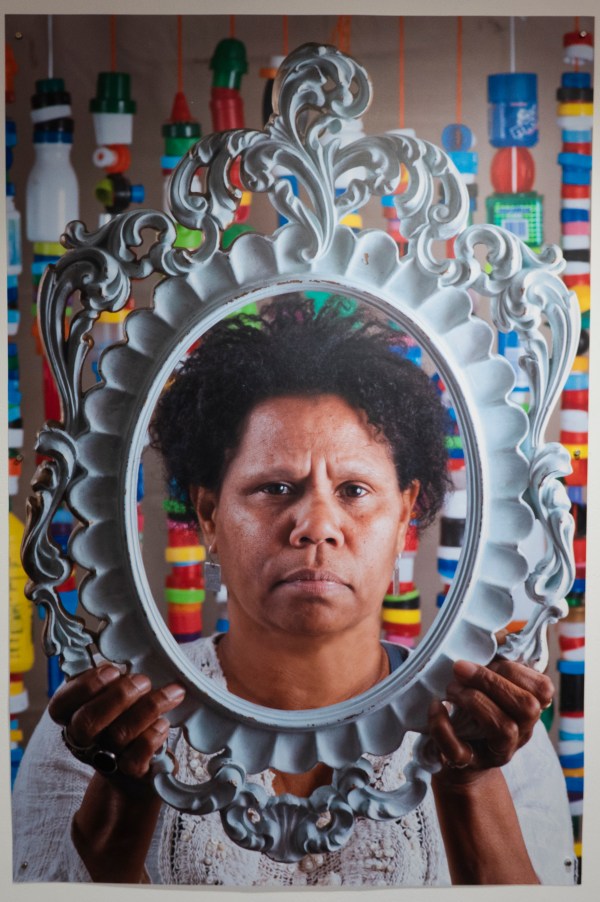

Clockwise from above: ‘Untitled’ (2001) by Sanda Saunders; gift of Felicity Write and collection of FUMA; ‘Another story’ by Sally Jane Morgan (1982), collection of FUMA; ‘Sovereign goddess’ by Ali Gumilla Baker (2011), gift by artist and collection of FUMA
Dominic trawled through the Flinders University Museum of Art (FUMA) collection for pieces he could use to tell a larger story.
He didn’t want anything depicting gender as the main focus – that would be “too obvious and disingenuous,” he explains in his curator’s statement.
He also made a point to steer away from stereotypical ‘Australian art’, such as dot and line work, because, he argues, within the commercial art world, these works have often been viewed as more legitimate forms of Aboriginal art.
“Any work created by Aboriginal artists is inherently Aboriginal art. I’ve wanted to show mixed mediums,” he says.
The pieces were chosen because they recorded a significant moment in time – “depicting history,” Dominic says.
They all touch on gender, more subtly in some instances than others.
A painting by Kunyi June-Anne McInerney, titled ‘The Box II’, shows a young girl plugging her ears with her fingers, and she’s wrapped in a white background.
“That’s her in the box hiding from the world, shutting it out,” Dominic says.
“She told me some of the messages the world was telling her, trying to put her down as a young Aboriginal girl, and that there is a tax on her because she’s gendered, which is a lot of the same things Aboriginal girls are told.”
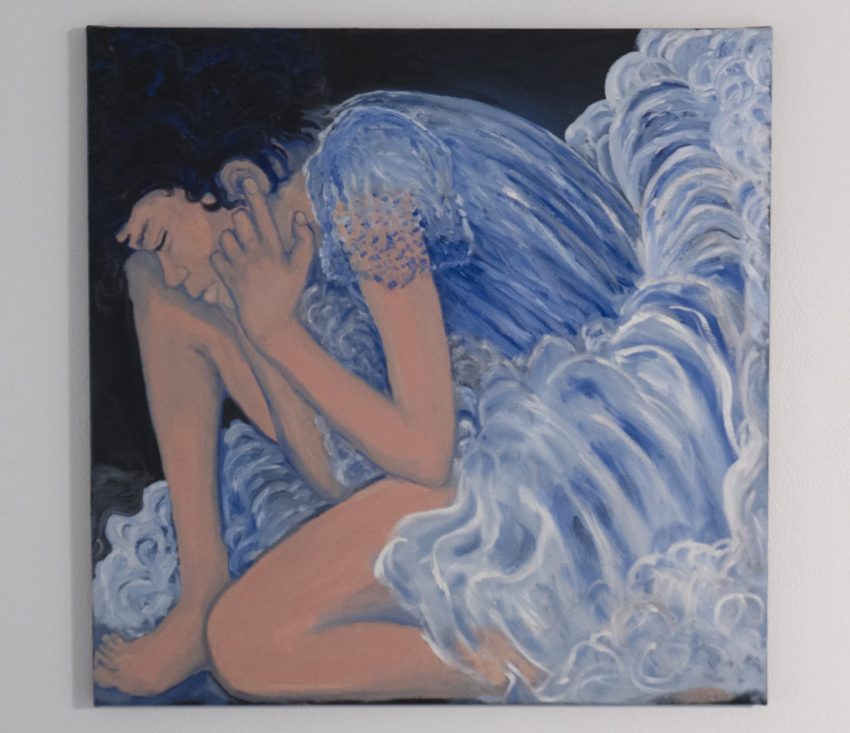
‘The Box II’ by Kunyi June-Anne McInerney (1994 – 2009); gift of JVS Megaw and Ruth Megaw; Collection of FUMA.
Gordon Syron’s 1981 painting, titled ‘Treadmill’, shows a group of men, most of them darker in skin tone, being delivered, by conveyer belt, directly between two buildings: “POVERTY” and “PRISON”.
Some of these artworks are decades-old, but, as has been made unavoidably evident through the work of the local Black Lives Matter movement, the messages still resonate.
Aboriginal and Torres Strait Islander people are more than 10 times more likely to be imprisoned compared to their non-Indigenous counterparts, while the disparity is even worse for First Nations women, who are jailed at a rate 21 times higher than non-Indigenous women.
“As Aboriginal people we have the responsibility to tell our stories,” Dominic says.
“And now, we also have the burden of telling the story of colonisation.”
The story Dominic has curated is not only intended for a South Australian audience.
He says the virtual exhibition has attracted views from interstate visitors, activists and academics.
Some of these digital visitors are from First Nations communities living rurally, as well as the families of exhibiting artists, like Angelina Hurley, the daughter of late Muninjali and Goreng Goreng artist Ron Hurley.
“I took some more photos and sent them to her [Angelina], and his family were able to see that,” Dominic says.
“They’re not going to get down to come and see his work. But they get to see his work is still being exhibited, living on in an exhibition.”
circles to us is open until Friday, 24 July, at Nexus Gallery, Lion Arts Centre, North Terrace. For more information and to see the digital exhibition, visit the website.



